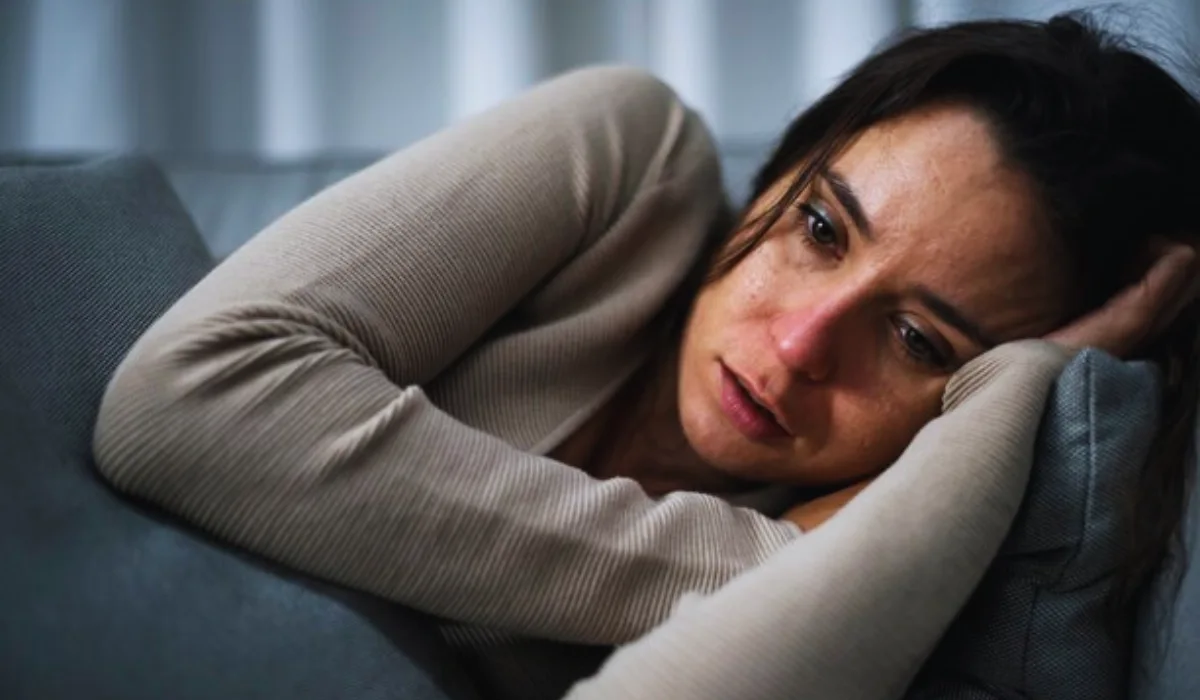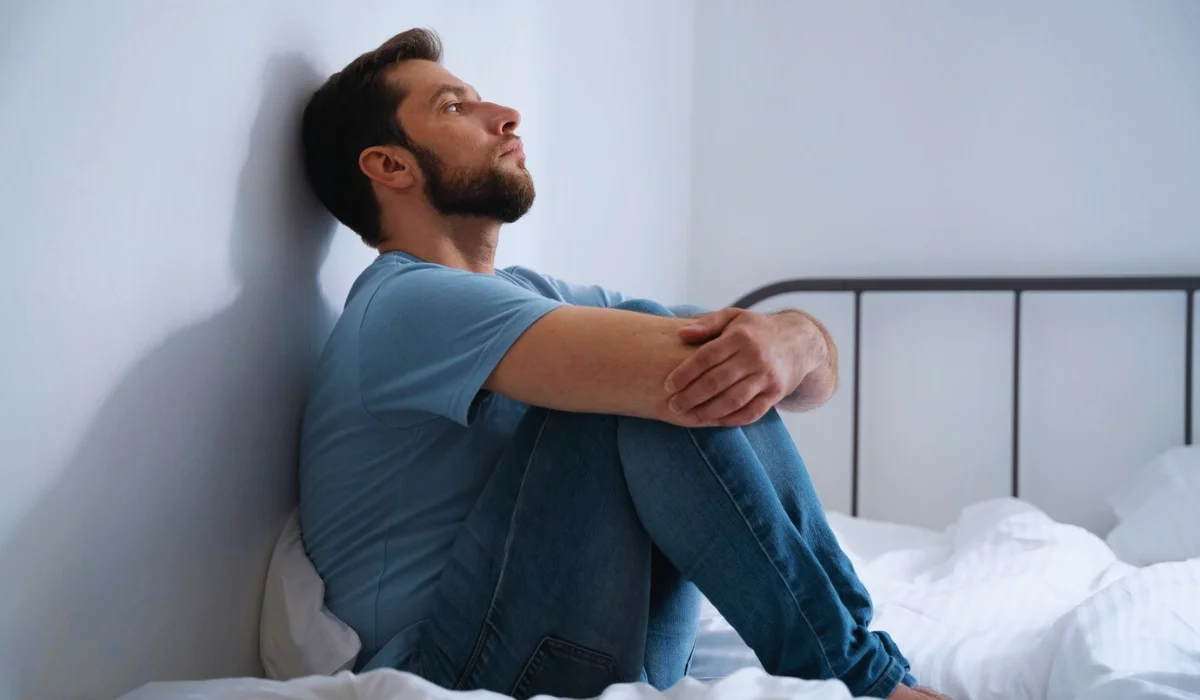One of the major issues that is faced by millions of people across the globe these days is anxiety disorder. It is very challenging to maintain one’s mental health in this intricate landscape where almost every other thing can serve as a trigger to activate anxiety. People need to delve into the dimensions of anxiety disorders and learn about their types, causes, symptoms, and treatments because this can get hold of anyone anytime.
Brief Insights To The World Of Anxiety Disorders
1] Fear Of Specific Things
Some individuals are afraid of heights, spiders, flying, enclosed spaces, snakes, dogs, lightning, injections, and several other things. The level of these fears can range from mild to severe and may vary from individual to individual. People with a certain fear often avoid the factors to which they are phobic.

Causes Of Specific Phobias
The cause of having a specific phobia is a very complex matter, as its roots often include past traumas and experiences. It can also be developed by seeing other people’s fear over something or evolve because of a survival mechanism against certain elements.
Symptoms Of Phobias
Individuals with phobias often show symptoms like intense anxiety, overwhelming senses, and panic attacks when they encounter their nemesis. Other than that, some physical symptoms that are often seen in people are trembling, sweating, nausea, rapid heartbeat, and a strong desire to escape the area of threat.
How To Treat Fear Of Things?
Phobias can be treated by implementing psychological and behavioral strategies along with anti-anxiety medications or beta-blockers. Patients who are determined to get rid of their fear are introduced to their element of fear slowly in a new light. This changes the way they see those objects, and professionals like psychologists or psychiatrists play a key role in this.
2] Self Isolating Or Social Anxiety Disorder (SAD)
Some people often have trouble interacting or socializing with people. This is because they are afraid of social situations and fear social interactions. They are afraid that the society or people around them will judge them and don’t like to come in front to avoid being embarrassed. These people usually have an introverted personality and like to keep themselves isolated.

Causes Of Social Anxiety Disorder
Primarily, social anxiety disorder is associated with the temperament, personality, and upbringing of the person and also the environment in which they’re brought up. Genetic reasons or family history can also be one of the major causes for the individual to have SAD. Apart from that, traumatic social experiences, humiliation, bullying, etc., serve as a catalyst for the disorder.
Symptoms Of SAD
When these people are exposed to a public stage, they often experience intense fear, dread, or panic. This is because they suffer from negative thought patterns and anticipate that they’ll be judged or rejected. As for the physical symptoms, increased heart rate, trembling, sweating, blushing, etc., are quite common when they are in any social event.
How To Treat SAD?
Group therapy is the best approach to treating SAD because it gives these individuals a platform where they meet people of their own kind. Here, they can share their experiences and thus heal one another eventually while indulging in social interactions. Apart from that, medications like serotonin reuptake inhibitors or benzodiazepines may be prescribed along with the therapy for better results.
3] Worrying Too Much- Generalized Anxiety Disorder (GAD)
Constantly worrying and being persistent in overthinking is also a type of anxiety disorder. People worry about hundreds of things, and this mostly happens because they want things to be perfect and they want to be ahead of their time. Even the littlest things make them worry a lot, and they start to imagine all the cons and pros of the actions involving the matter.
Causes Of GAD
The combination of biological, environmental, and psychological elements are the major causes of Generalized anxiety disorder. Along with that, personality traits like perfection and self-criticising play an important role in the development of GAD.
Symptoms Of GAD
Emotional symptoms of GAD include persistent worry and getting concerned over things without the existence of any real problem. When it comes to physical symptoms, people tend to get irritated and frustrated, try to do things faster, and panic. Sometimes, they also tremble because of overthinking and worrying.
How To Treat Generalized Anxiety Disorder?
The best way to treat GAD is to meditate daily in the morning for at least 20 minutes and not think about anything during this time. This infuses a habit of staying calm in diverse situations, and thus, worrying unnecessarily gradually decreases.
4] Riding The Waves Of Panic
When a person experiences a sudden, unexpected change of situation, they tend to get into panic mode. They get so worried about the situation that their brain stops thinking rationally, and all the negative things come to their mind. These are repetitive acts that activate upon facing a situation that was not expected by the person.
Causes Of Panic Disorder
Genetic, environmental, and imbalances in neurotransmitters are the prime causes of panic attacks. Also, major life events like breakups, humiliation, rejection, and stress serve as triggers for the development of panic disorder.
Symptoms Of Panic Disorder
Shortness of breath, trembling, chest pain, sweating, and rapid heartbeat are the popular symptoms that can be seen in individuals who are suffering from panic disorder. Apart from that, the fear of losing control over things is also one of the symptoms that is commonly found in PD individuals.
How To Treat Panic Disorder?
Implementing relaxation techniques, lifestyle changes, therapies, and mindful dealing with the situations are the best ways to get rid of panic attacks. One needs to stay calm and still in different situations and find the positive side of it to avoid panicking.
Read More: Asthma Attacks And Panic Attacks
Conclusion
Apart from the listed types of anxiety, post-traumatic disorder and obsessive-compulsive disorder are also found in many individuals. Although the causes and symptoms of these disorders are somewhat the same or interrelated. It is essential to identify the types to implement the best way to treat them. As the research on the various aspects of anxiety is still going on, let’s hope to find more effective ways to deal with these disorders.
References
- Kessler RC, McGonagle KA, Zhao S, et al. Lifetime and 12-month prevalence of DSM-III-R psychiatric disorders in the United States: Results from the National Comorbidity Survey. Arch Gen Psychiatry. 1994;51(1):8–19. [PubMed]
- K Beesdo-Baum et al.Developmental epidemiology of anxiety disorders Child Adolesc Psychiatr Clin N Am (2012) https://www.sciencedirect.com/science/article/abs/pii/S1056499312000363